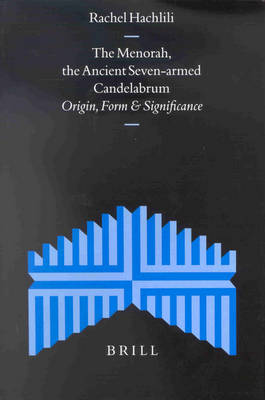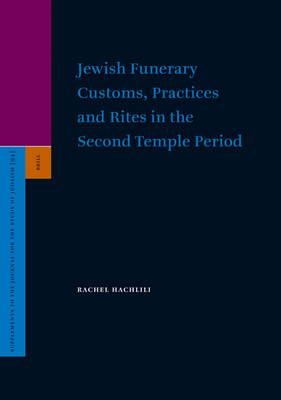Supplements to the Journal for the Study of Judaism
2 primary works
Book 68
The Menorah - the ancient seven-armed candelabrum was the most important and dominant symbol in Jewish art, both in the Land of Israel and the Diaspora. The prominent position of the menorah in Jewish art emphasizes its significance. The book will present the menorah history, origin, its unique form, and significance during the Second Temple period and in the Late Antiquity.
Book 94
Jewish Funerary Customs, Practices and Rites in the Second Temple Period
by Rachel Hachlili
Published 29 November 2004
Research of burials constitutes one of the main reliable sources of information related to various aspects of funerary practices and rituals, and offers a perception of ancient social life and community organization. The material remains of mortuary rituals is effective in reconstructing the history of a society, its religious beliefs and its social outlook. Tombs offer ample data on the artistic taste evinced by funerary architecture and the ornamentation of receptacles and objects.
Changes in Jewish funerary practices did not alter the plan and architecture of the tombs. Though the funerary rites changed from inhumation in coffins and loculi to secondary burial by collecting bones in ossuaries the artifacts associated with these graves did not modify much and indicate that these were culturally and socially identical people.
The study outlines the material preserved in the ancient Jewish cemeteries of the Second Temple period (first century BCE to first century CE) at Jerusalem, Jericho, 'En Gedi, Qumran and some other tomb sites.
Changes in Jewish funerary practices did not alter the plan and architecture of the tombs. Though the funerary rites changed from inhumation in coffins and loculi to secondary burial by collecting bones in ossuaries the artifacts associated with these graves did not modify much and indicate that these were culturally and socially identical people.
The study outlines the material preserved in the ancient Jewish cemeteries of the Second Temple period (first century BCE to first century CE) at Jerusalem, Jericho, 'En Gedi, Qumran and some other tomb sites.

